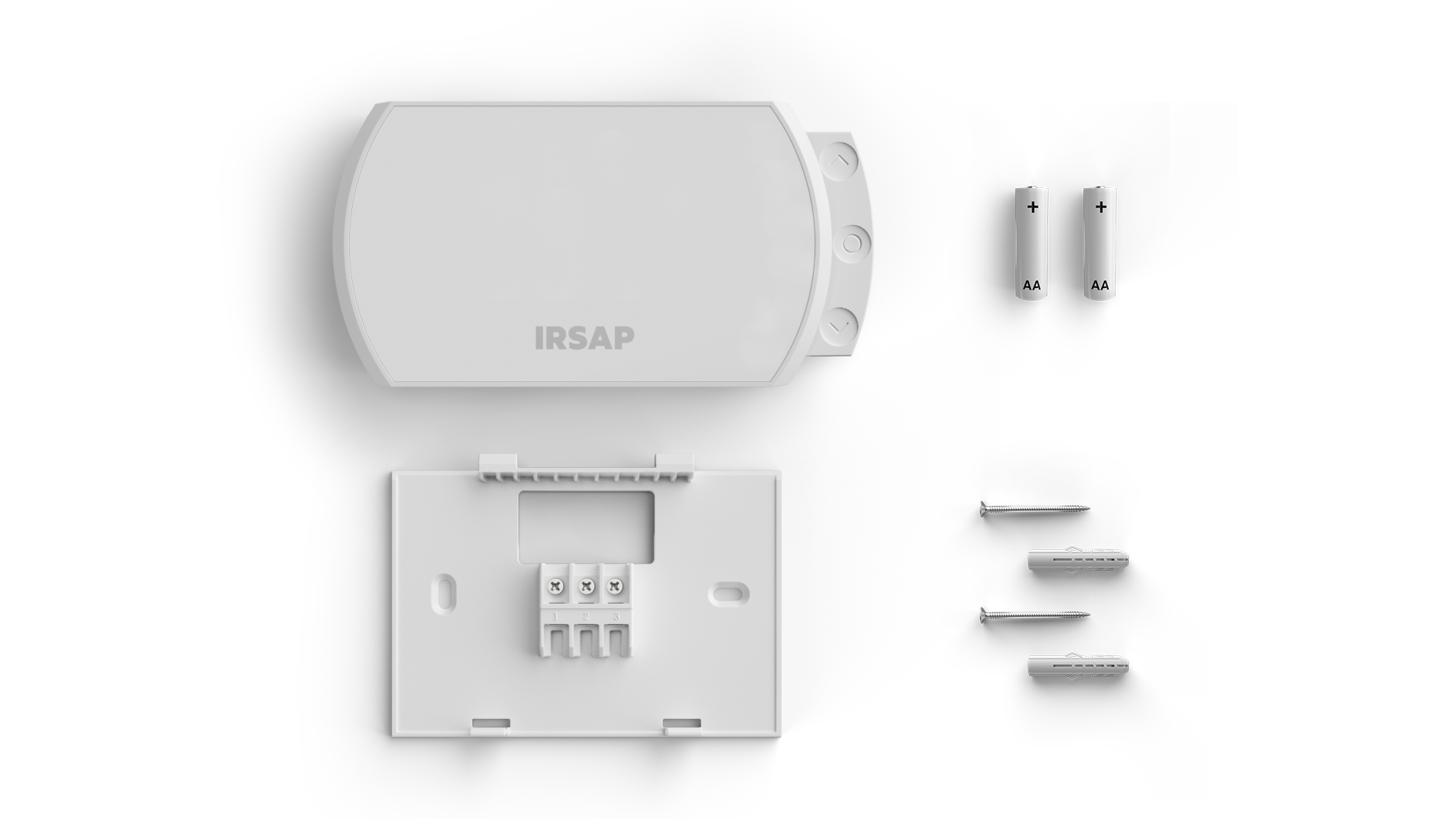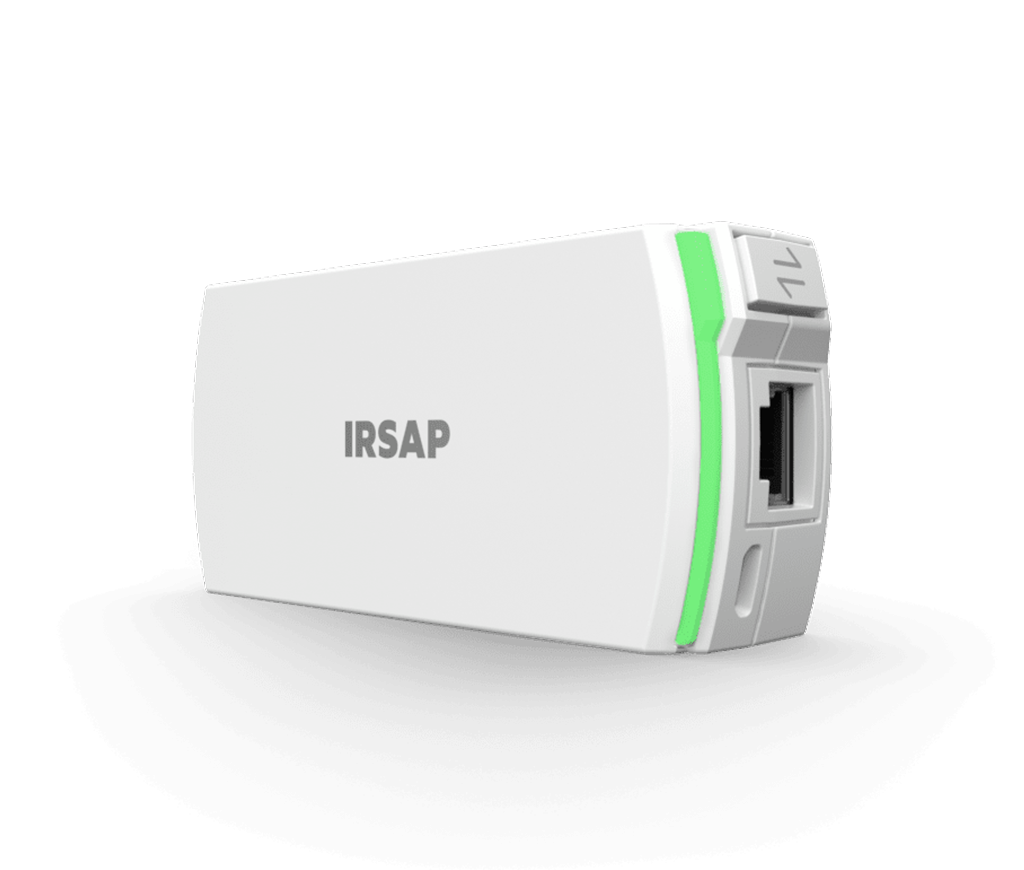
How to connect the thermostat to the boiler
The thermostat is the device that turns the home heating system on and off, as it is connected to a heat generator like the boiler. The operation requires professional expertise: here is how it is done correctly.
How do you connect a thermostat to your boiler?
Heating systems typically have a thermostat to precisely regulate their operation, ensuring warm and comfortable environments. Advanced versions not only allow you to set the internal temperature but also to program heating based on different times of the day.
Installing the thermostat involves connecting it to the heat generator. This operation requires a certain level of skill and technical knowledge, which is why it is carried out by specialised technicians. However, it is useful for the user to have a general idea of how it is structured to ensure the entire system works correctly.
- First, you need to check the thermostat wiring diagram and then connect the wires to the boiler terminals. Some boiler models may have metal connectors called Jumpers near the connection terminals. They are used to open or close the electrical circuit.
- Next, you need to mount the thermostat on the wall. It is recommended to do this in a space not subject to temperature fluctuations (like corridors), which would make temperature monitoring less accurate, affecting the device's operation. The test to ensure the operation has been performed correctly involves turning the thermostat on and off by pressing the on/off buttons.
- When the thermostat is active, set it to manual mode to raise the temperature above the actual detected temperature. This activates the boiler to reach the new requested level: you can tell by a slight metallic noise and the presence of a flame symbol on the thermostat display.
The connection steps must be performed with the main power disconnected to avoid any danger or tampering.
What wire to connect a thermostat?
The number of wires needed to connect a thermostat depends on the type of heating and cooling system in your home and the thermostat's features.
Generally, simpler thermostats have only two wires for connection, while more complex ones may have more, even four, for additional functionalities.
How to connect a WiFi thermostat to the boiler
For those considering replacing their old thermostat with a new, more efficient one, the best solution is to choose a WiFi thermostat. This advanced tool not only makes heating management simpler and more immediate but also helps optimise costs.
A key advantage of the new generation of thermostats is the possibility of a non-wired installation. This way, they do not need to be fixed to the wall, but just placed on a flat surface for accurate temperature detection. However, this means the device cannot control the heat generator (boiler or heat pump) and is limited to temperature detection.
Through a connection unit, the thermostat connects to the home wireless network and is ready to “communicate” with the boiler, to which you add a special module for turning the heat generator on and off.
At this point, the user can interact with the device both manually and remotely using the dedicated app downloaded on their phone, from which they can get precise information not only on the temperature level but also on air quality.
A smart WiFi thermostat is designed with advanced algorithms that learn the hourly, daily, and weekly habits of the household, providing clear benefits in energy consumption and bill costs.
Who instals the boiler thermostat?
Wiring a thermostat requires professional skills and technical knowledge. Therefore, installation is entrusted to an electrician or a specialised technician who works on the home system.
The installation of non-wired WiFi thermostats can be completed by the user themselves, following the manufacturer’s guide. For the device to offer the user the ability to control the heat generator and not just detect the ambient temperature, wiring by an expert technician is necessary.
Other posts

Smart Thermostat
Sostituisci il termostato tradizionale con il nostro Smart Thermostat dalle funzionalità evolute per controllare con maggiore precisione la qualità dell’aria e la temperatura degli ambienti di casa.

Smart Valve
Controlla la temperatura di ogni singola stanza senza l'esecuzione di opere murarie o elettriche. Le nostre Smart Valve sono compatibili con tutti i marchi di radiatori e i principali produttori di valvole idrauliche.

Connection Unit & Repeater
La Connection Unit va collegata al router di casa ed è indispensabile per controllare tutti gli altri dispositivi del sistema dove e quando vuoi direttamente dal tuo smartphone tramite App.








